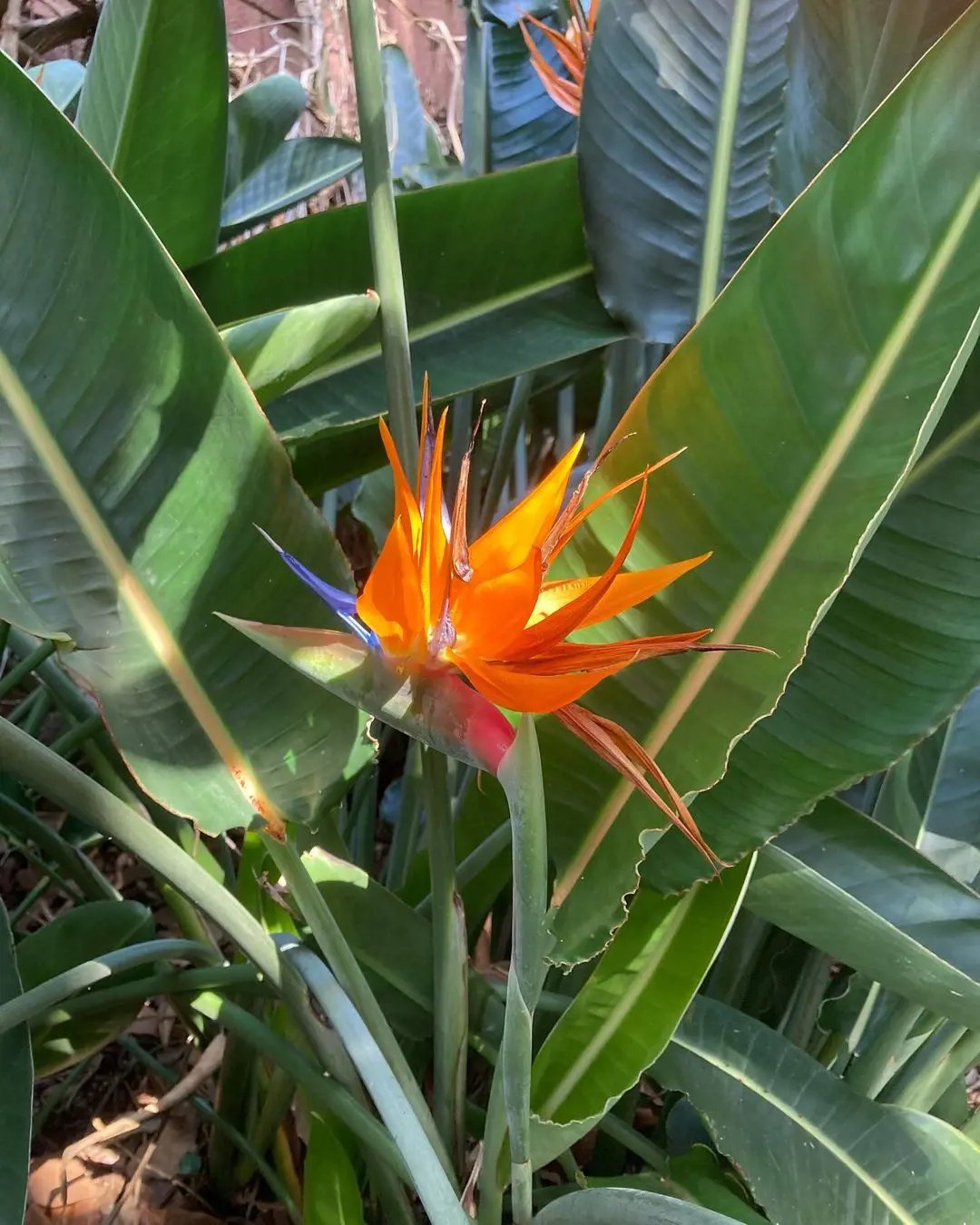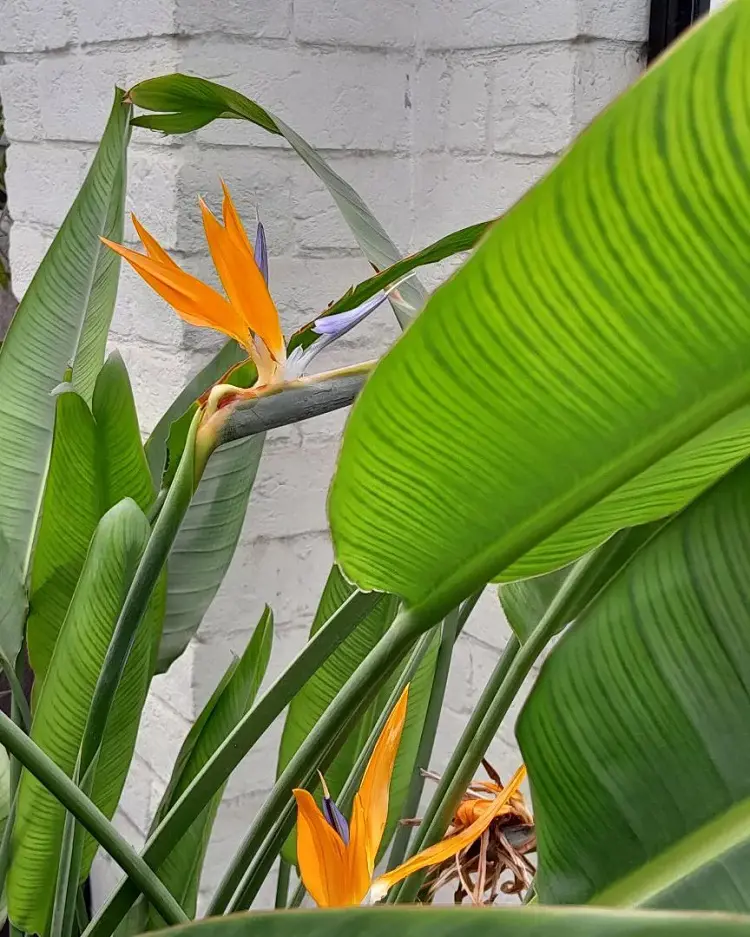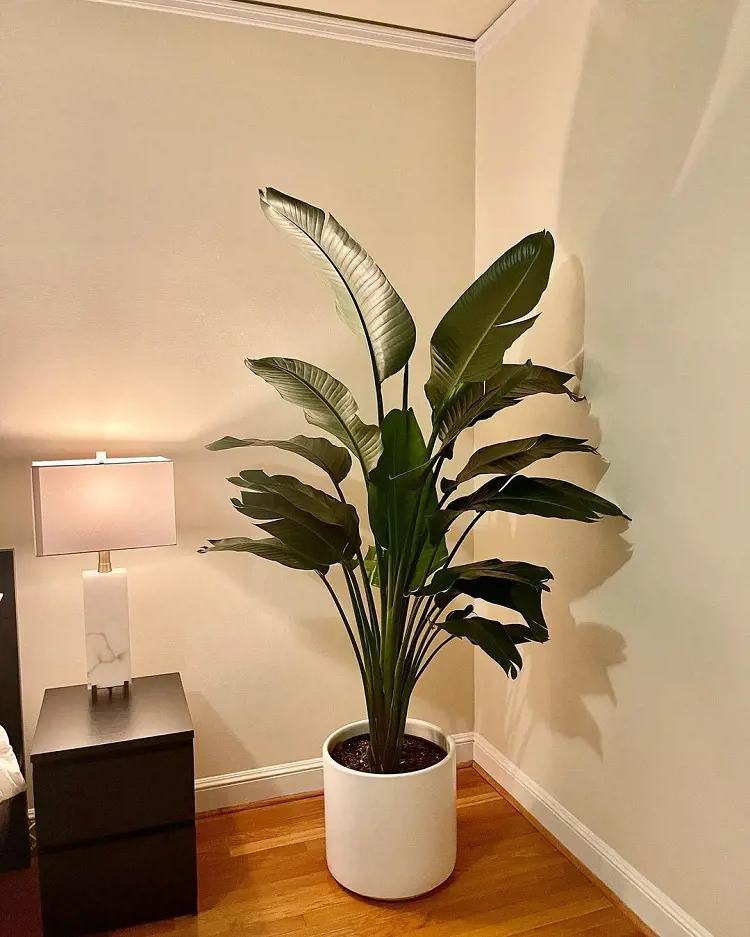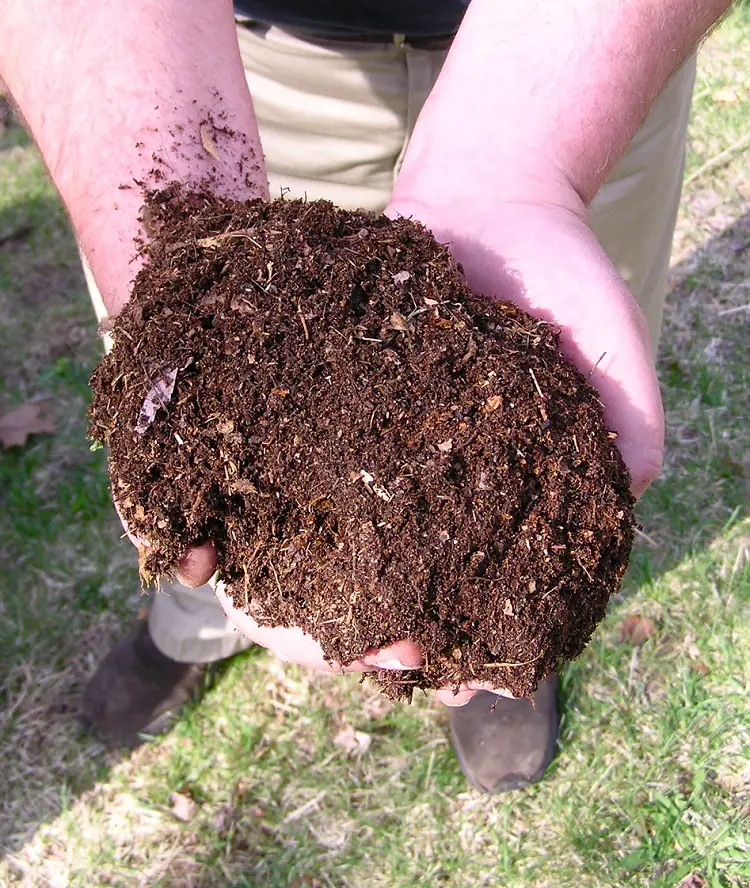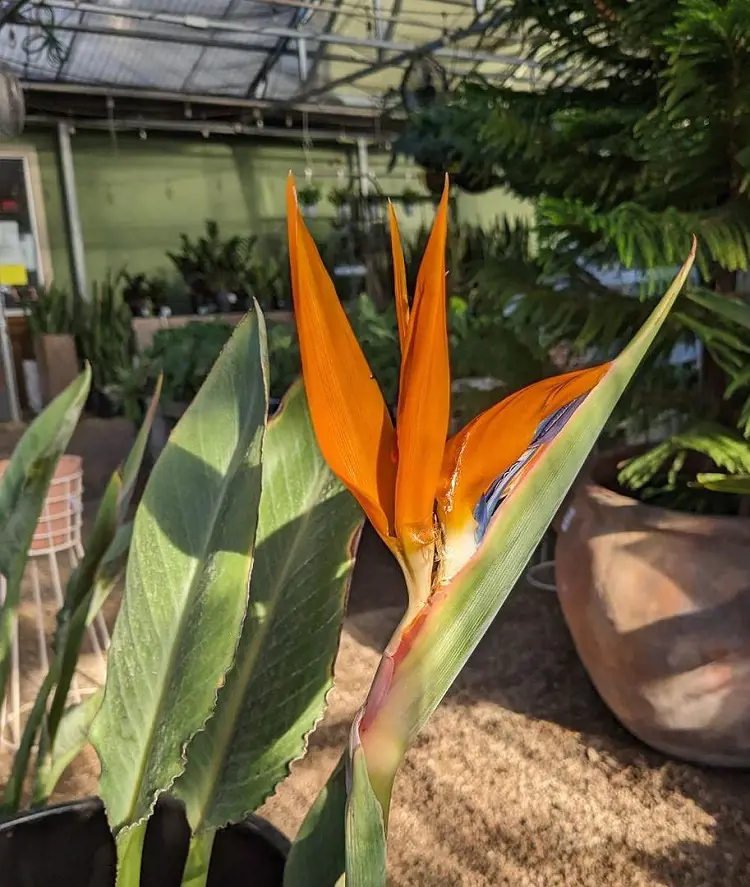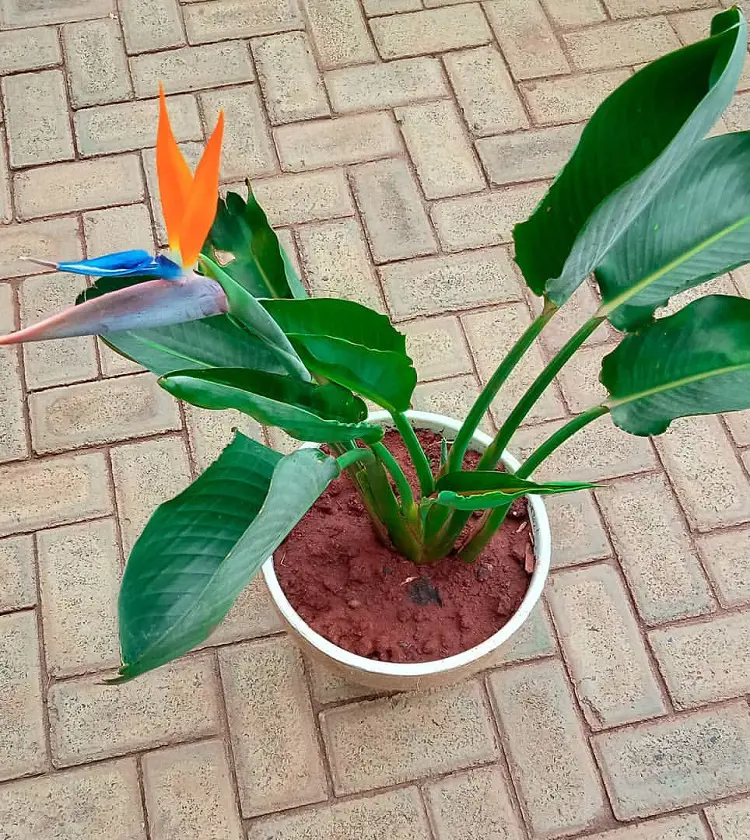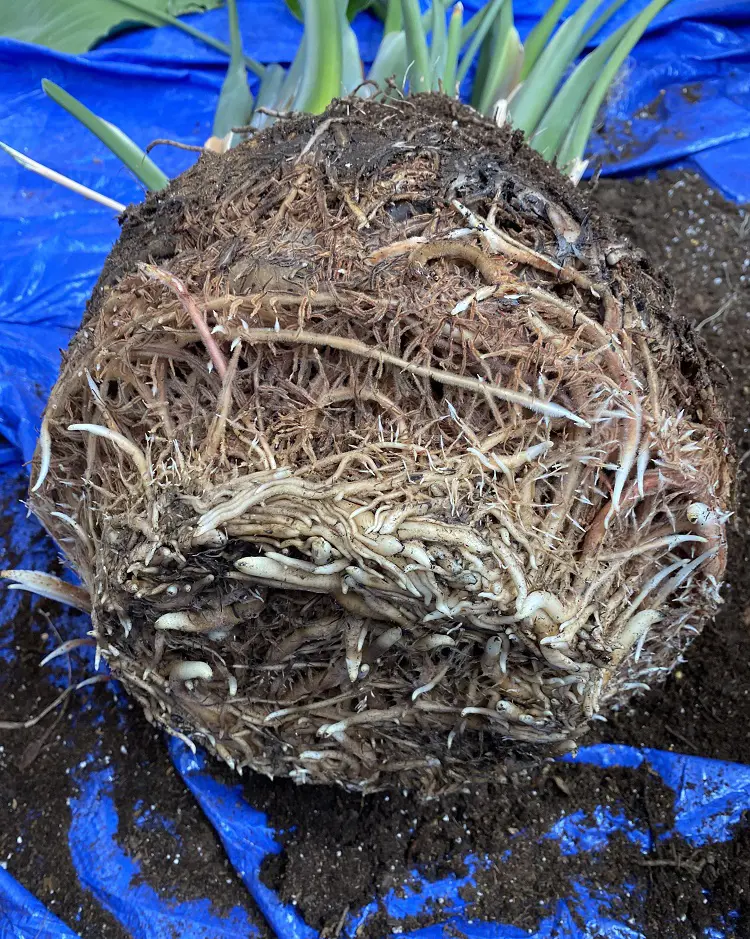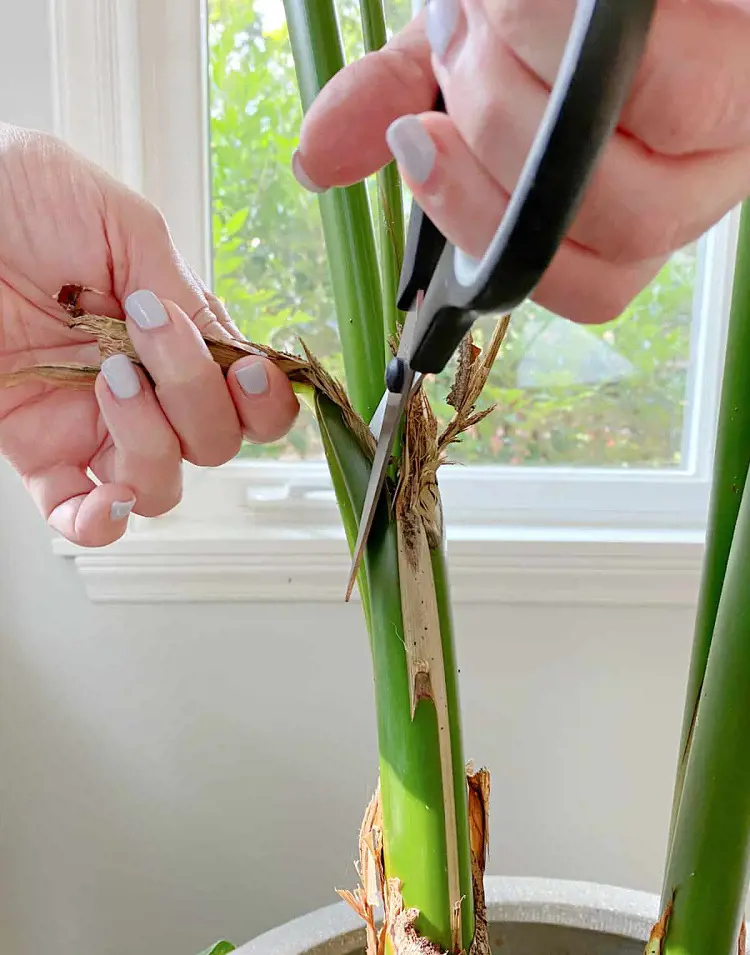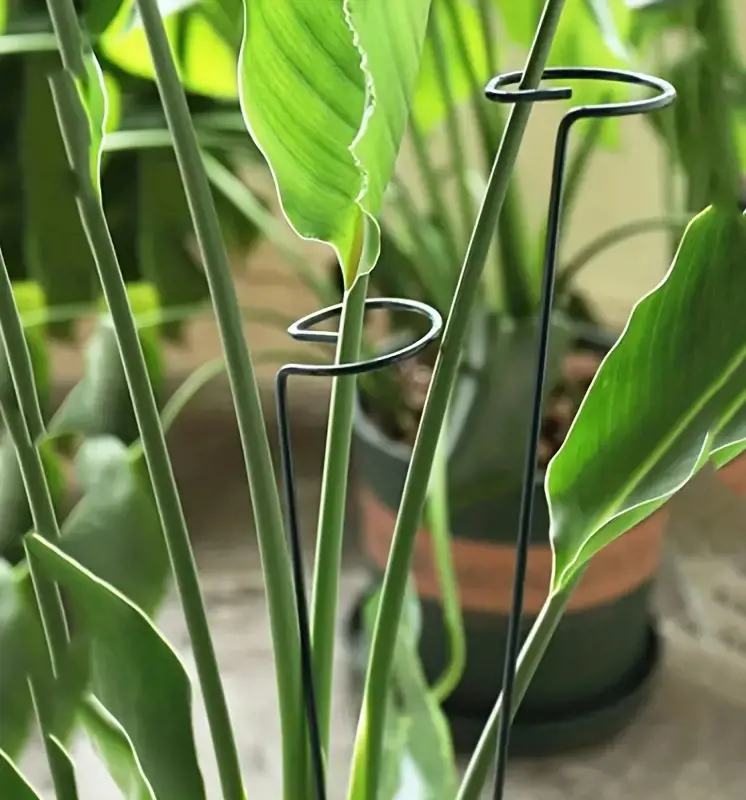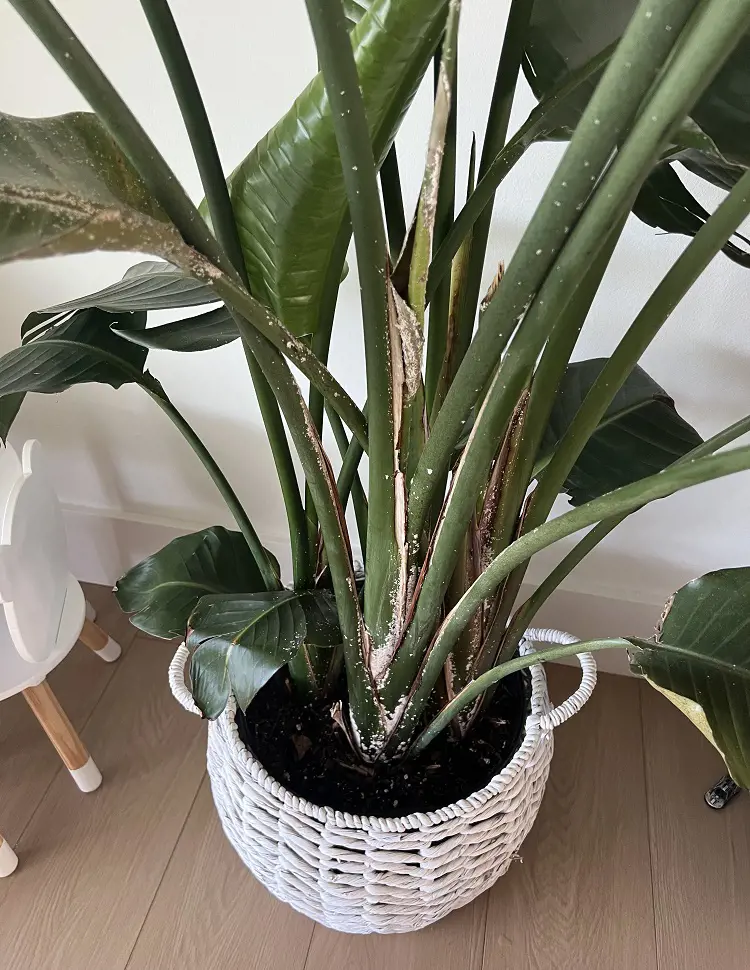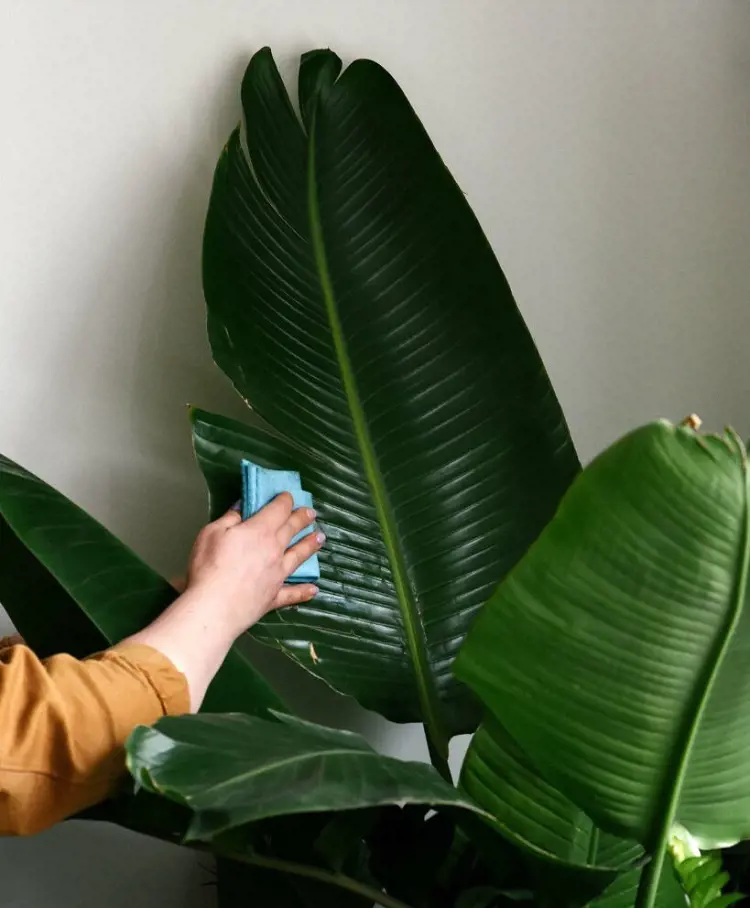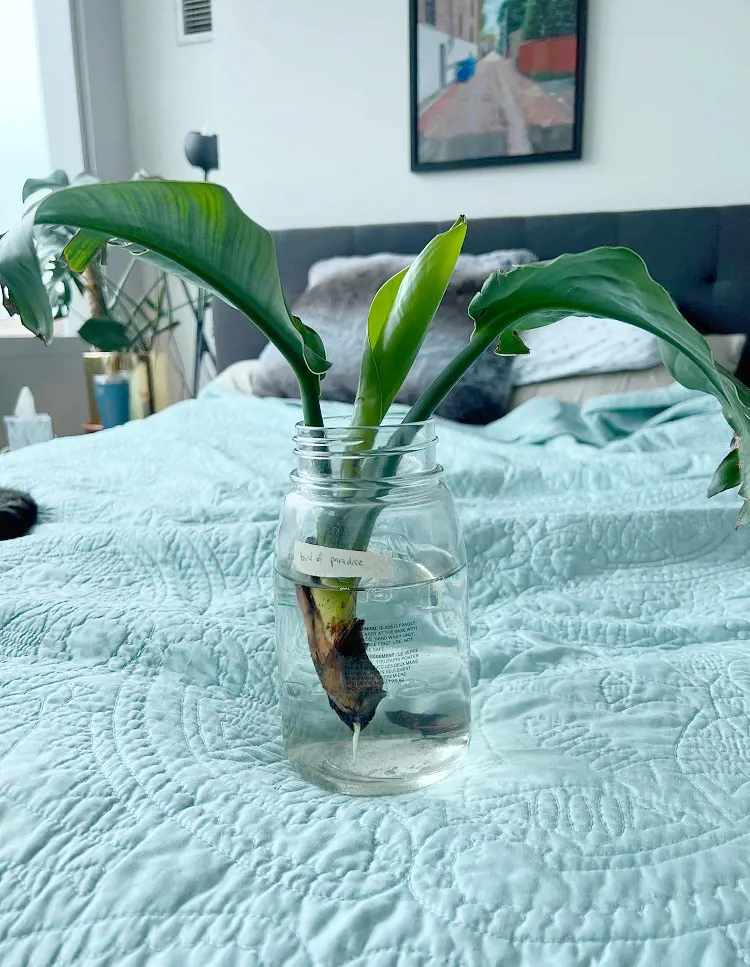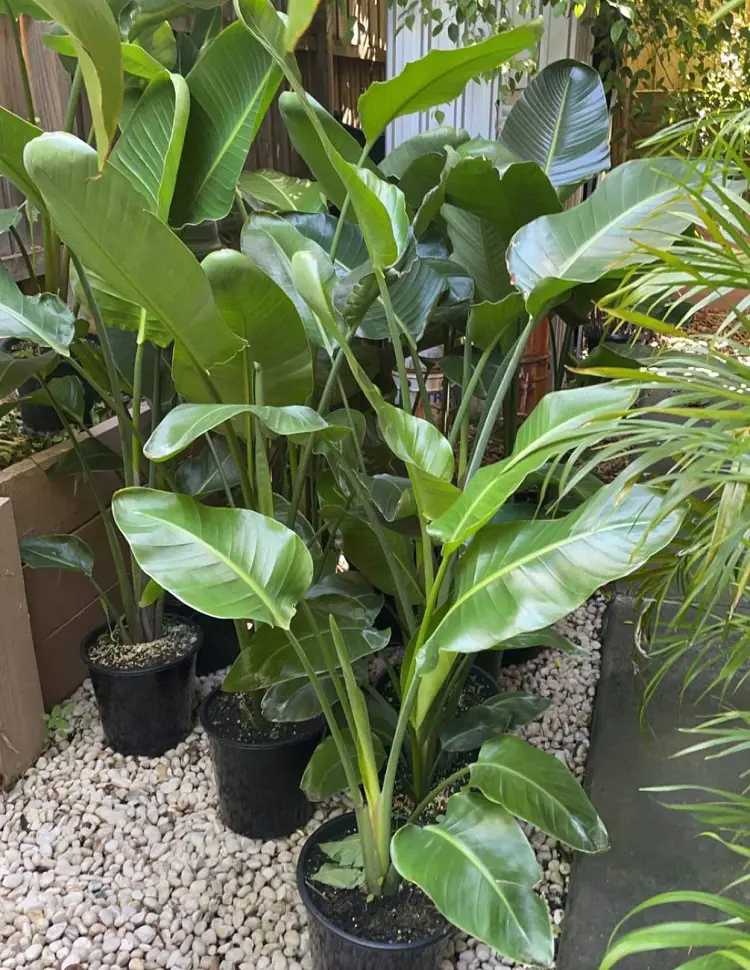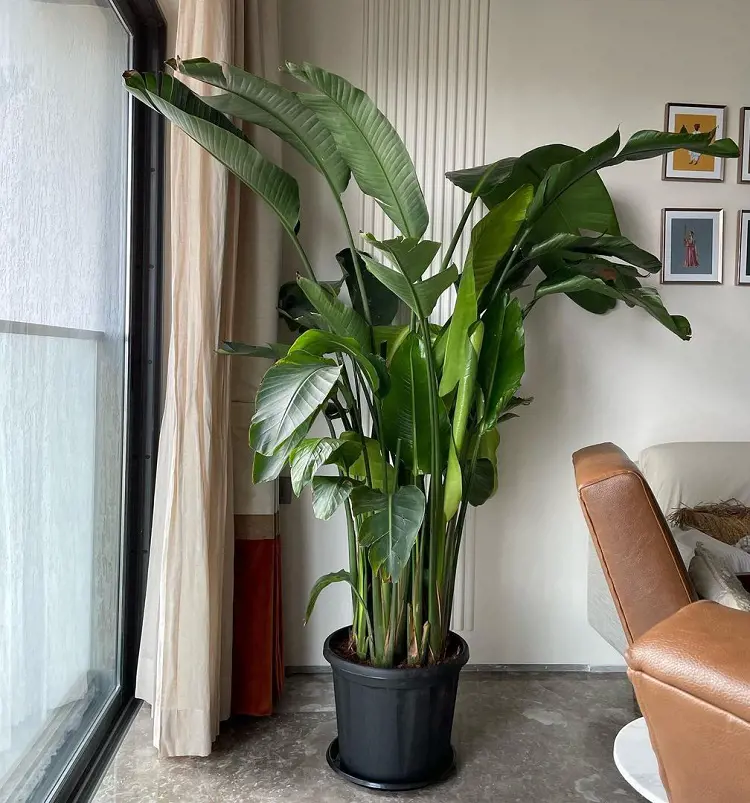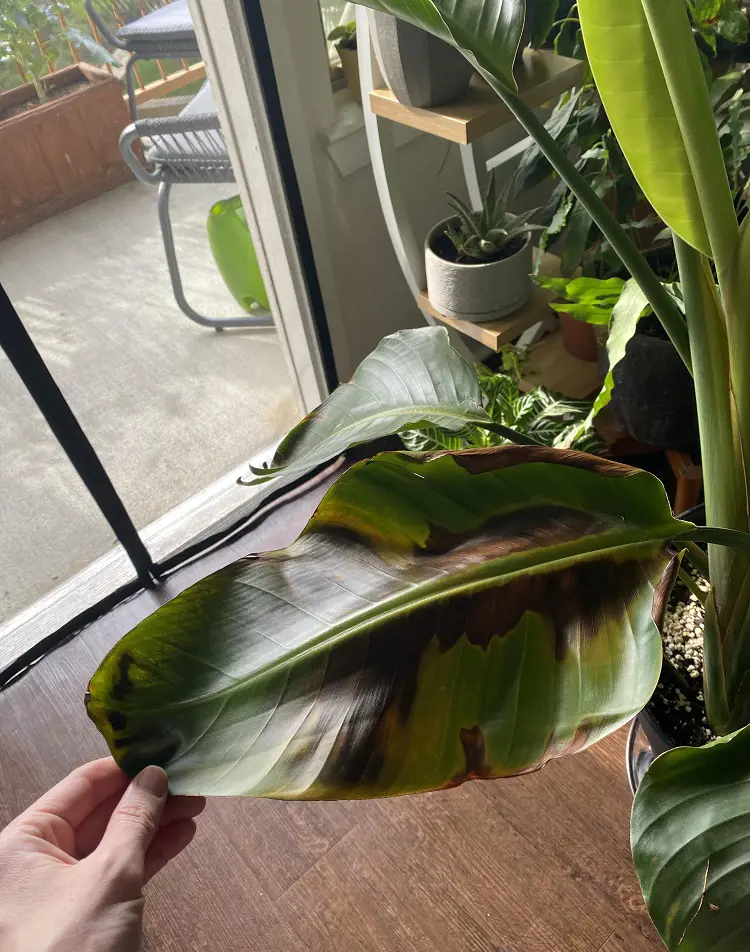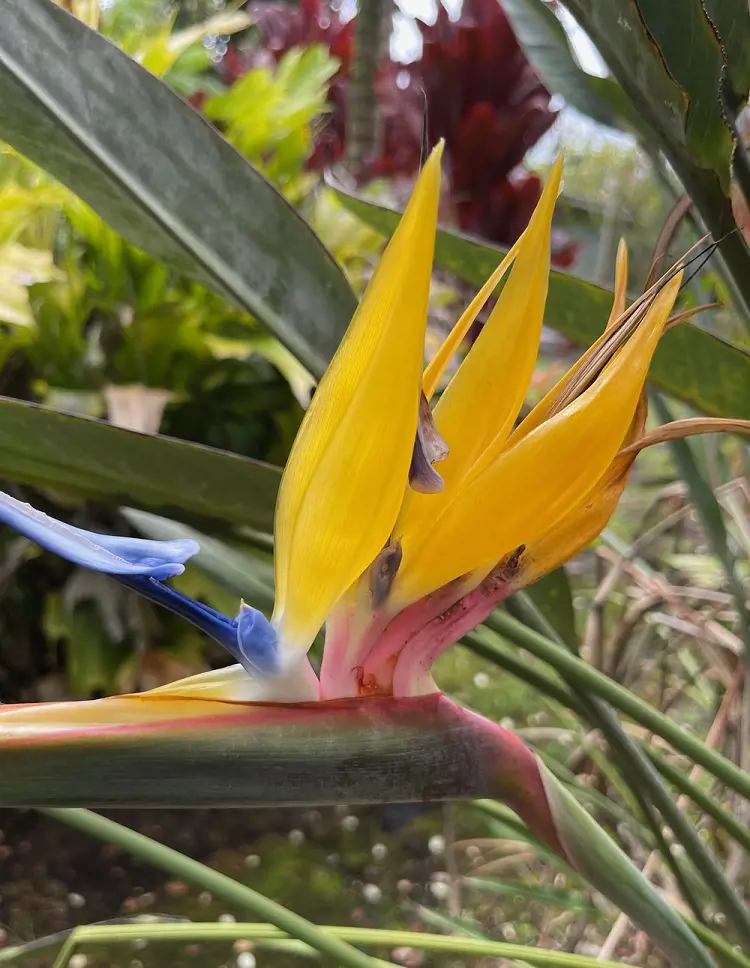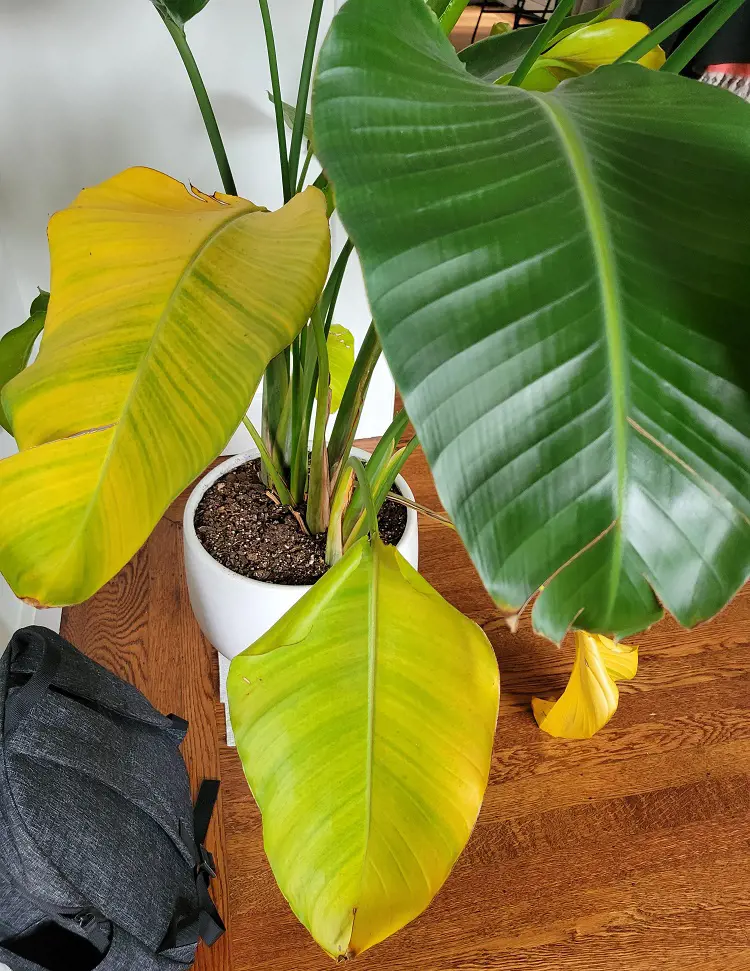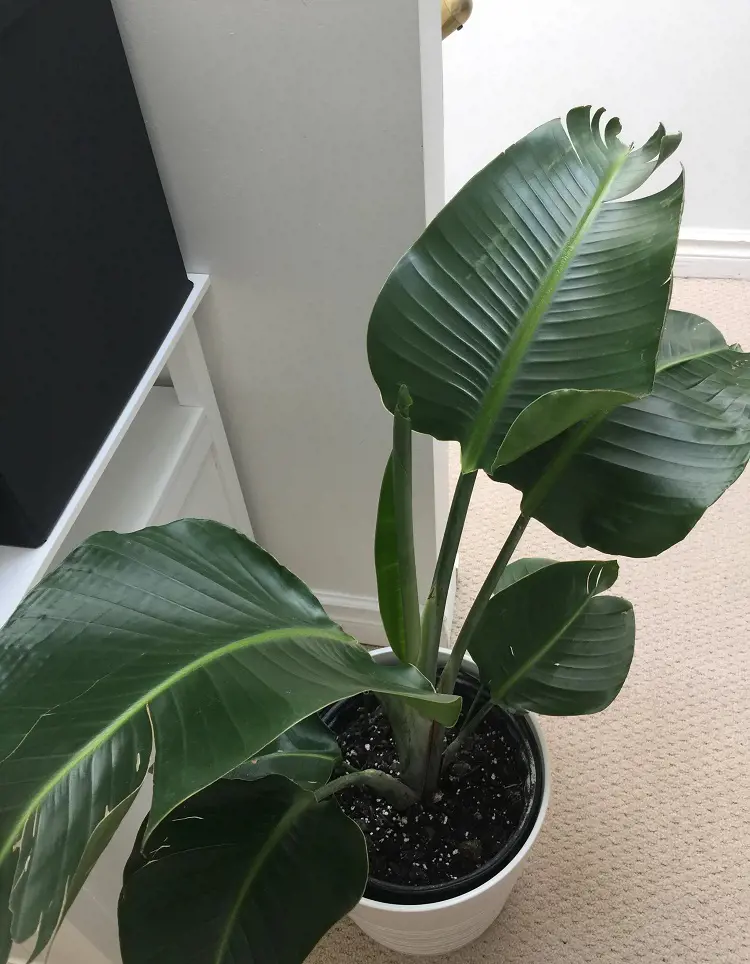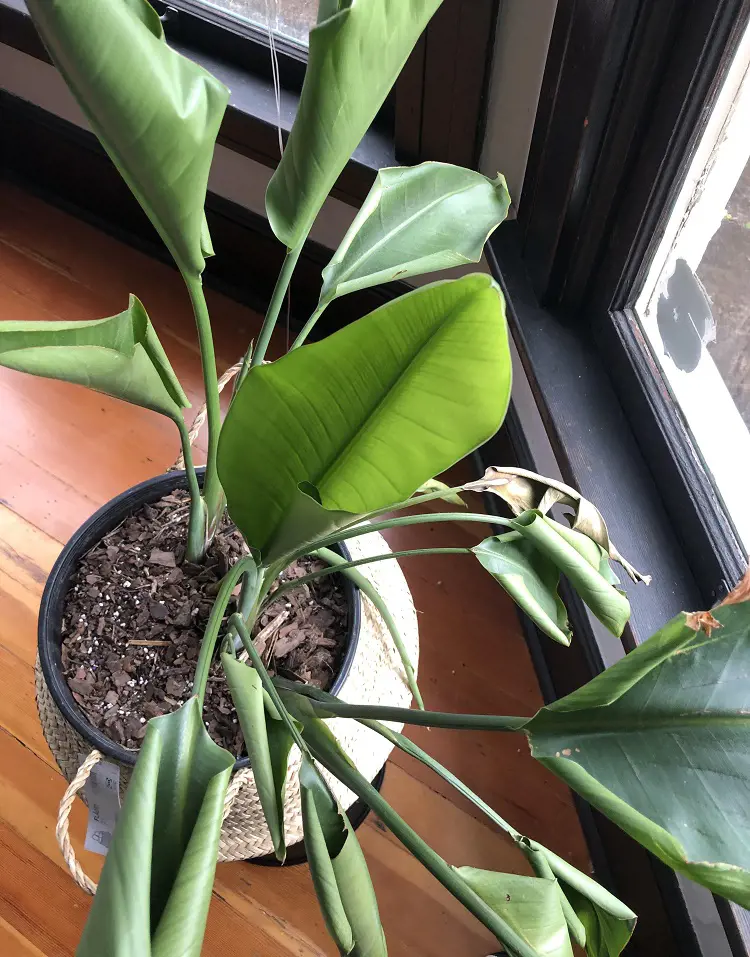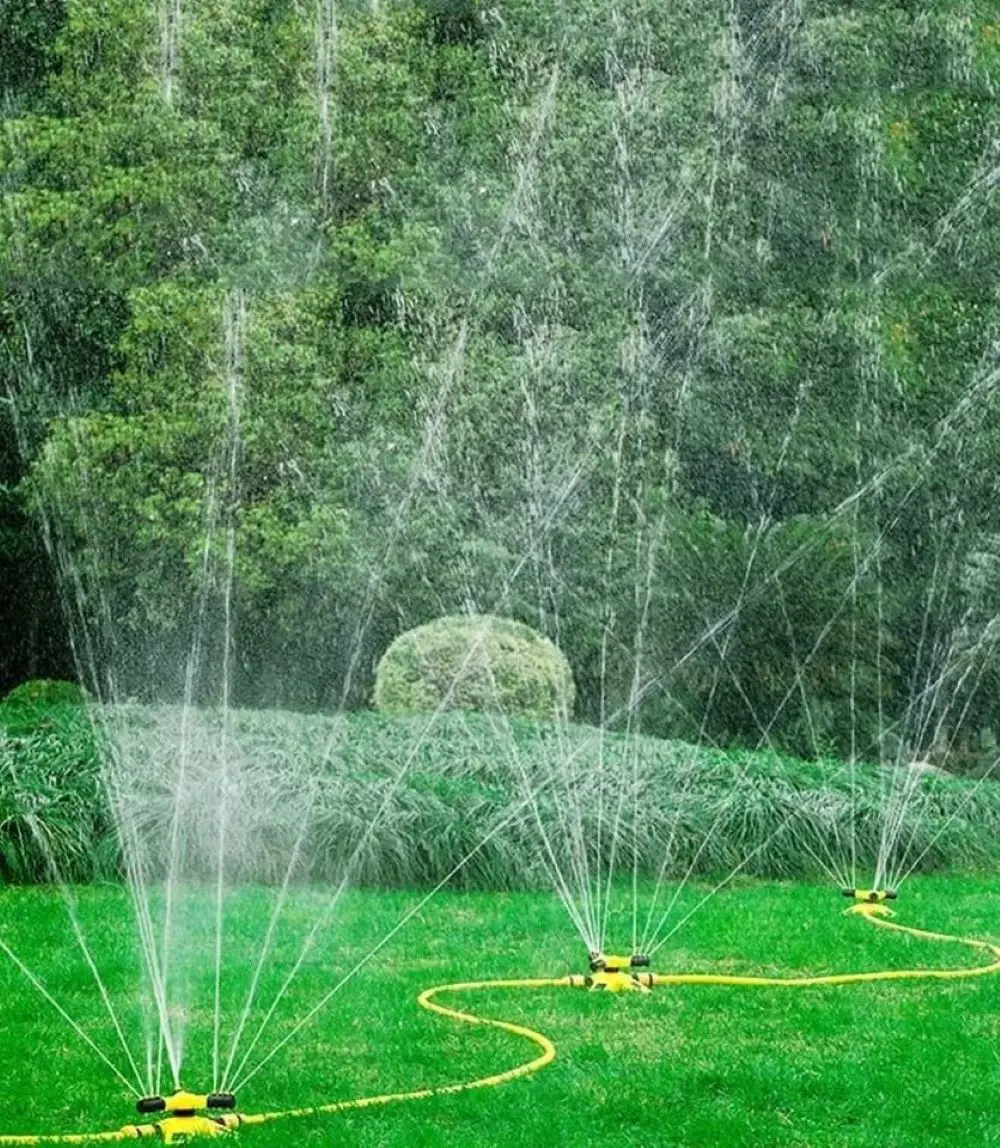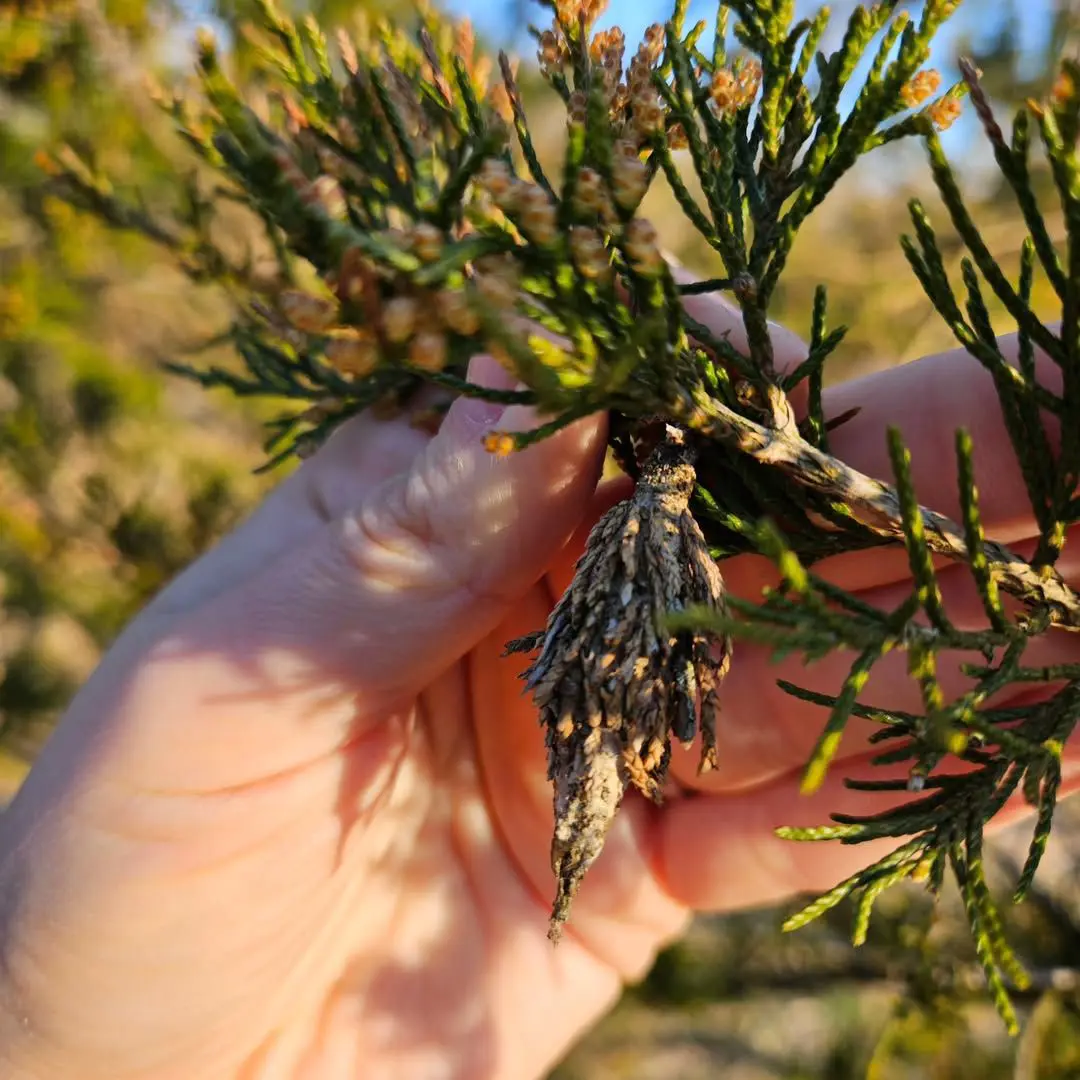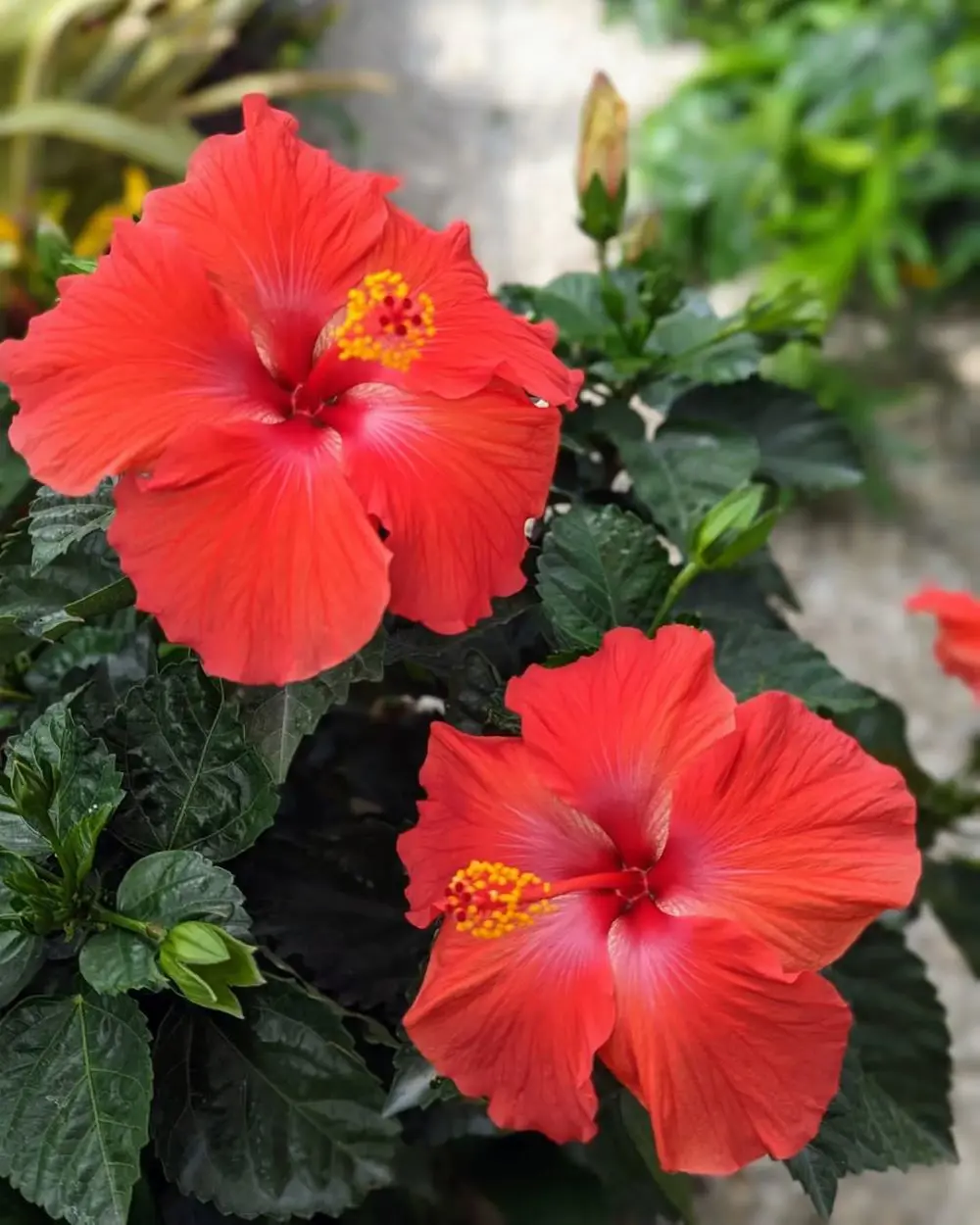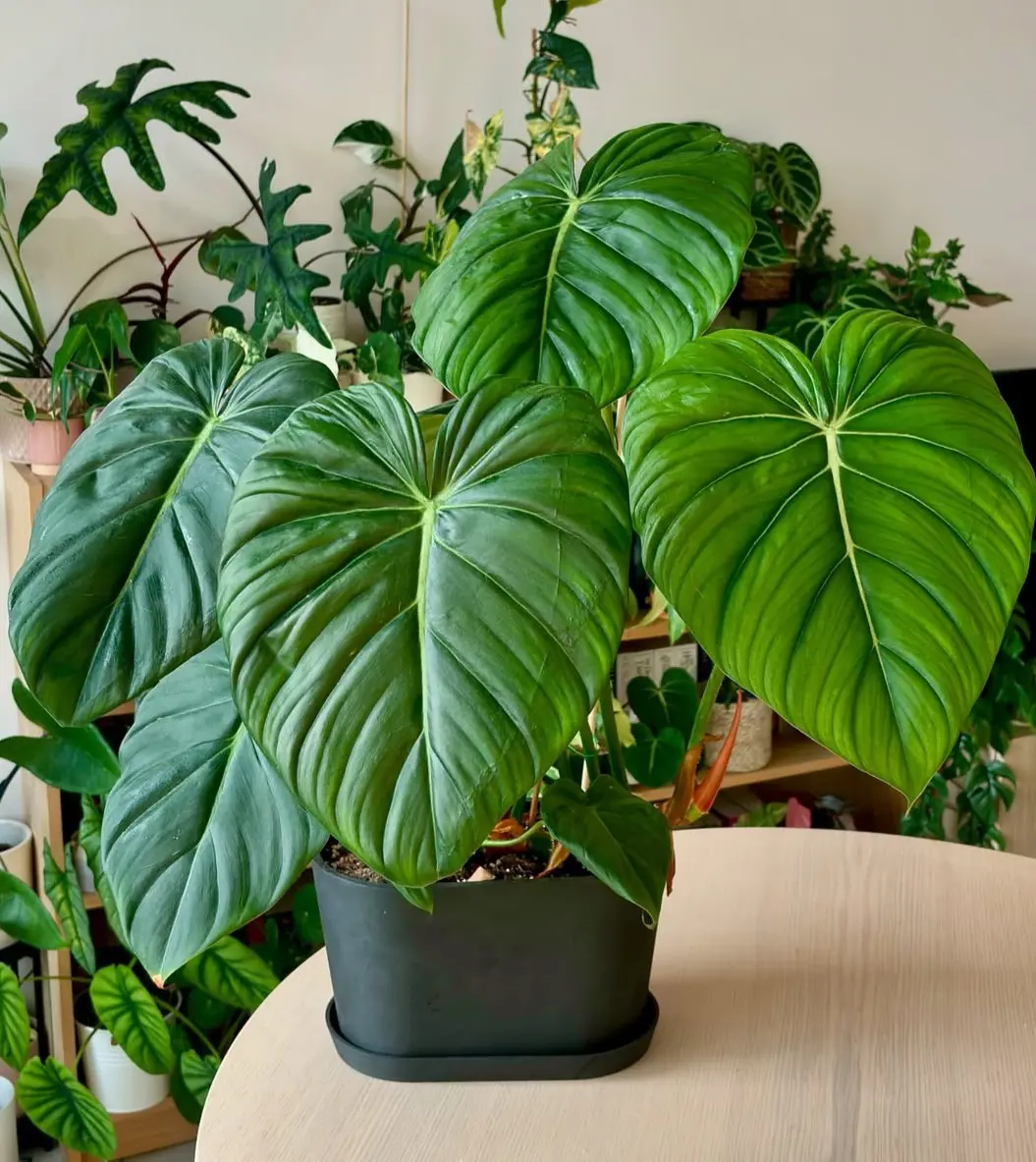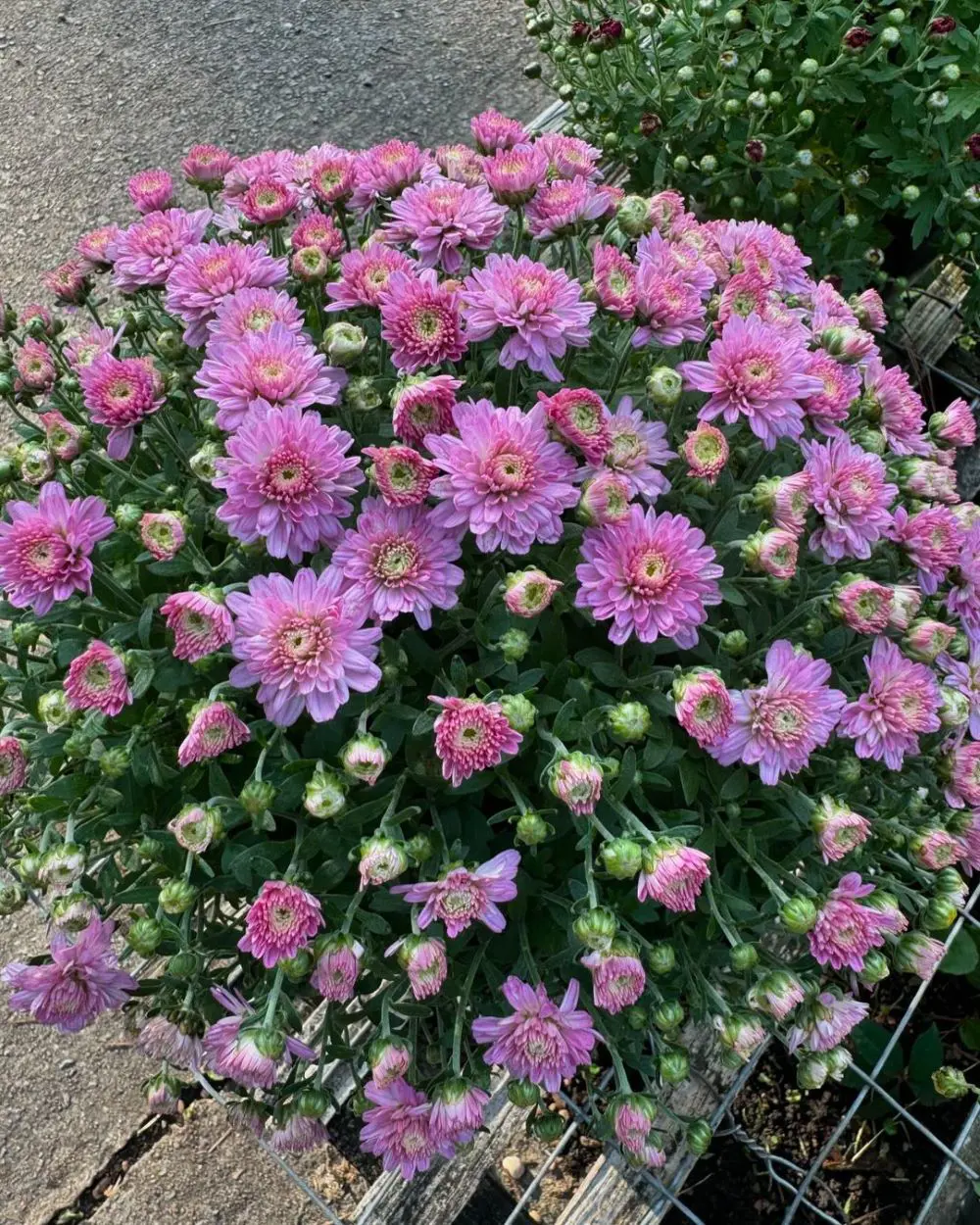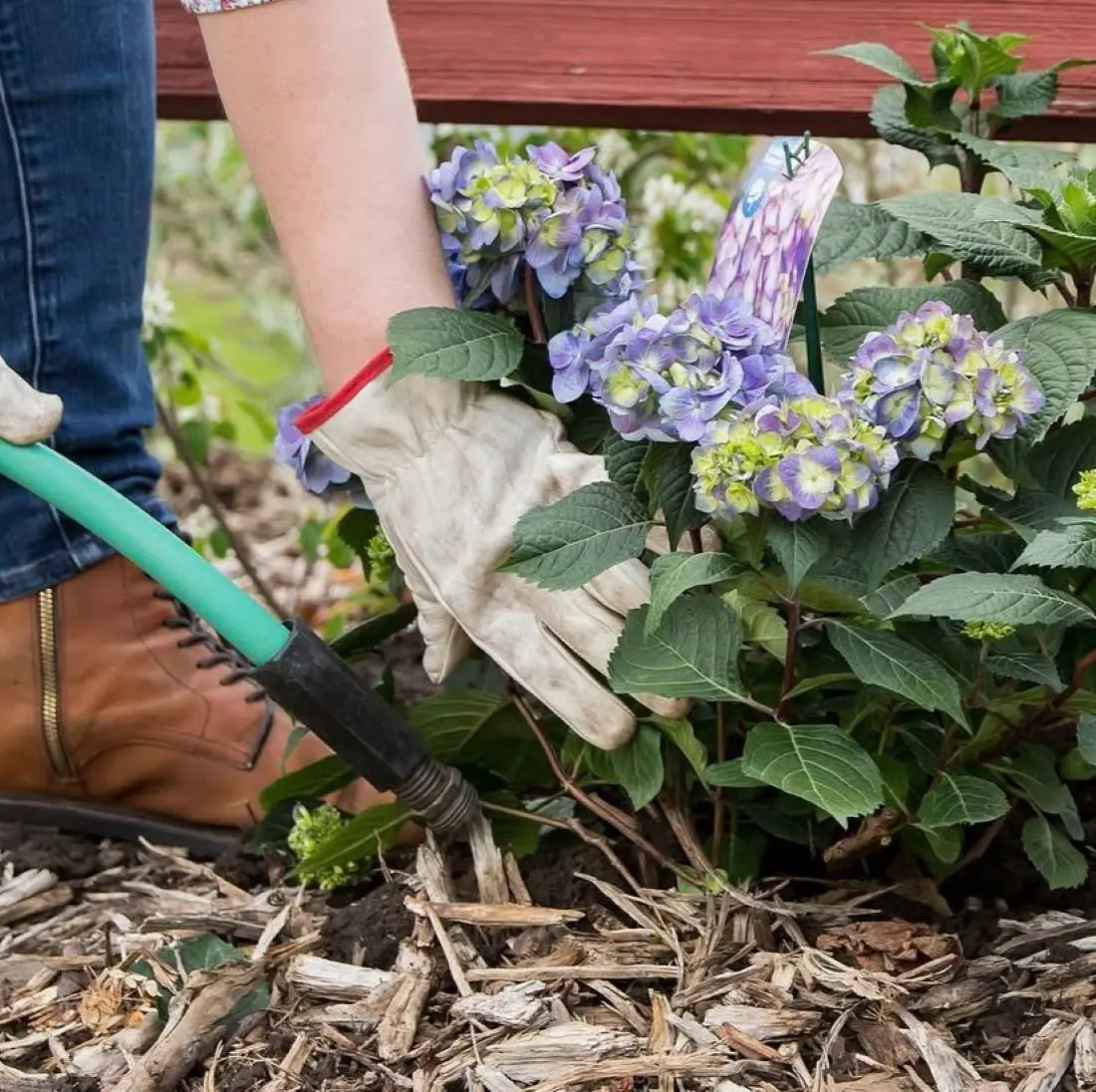Bird of Paradise Plant
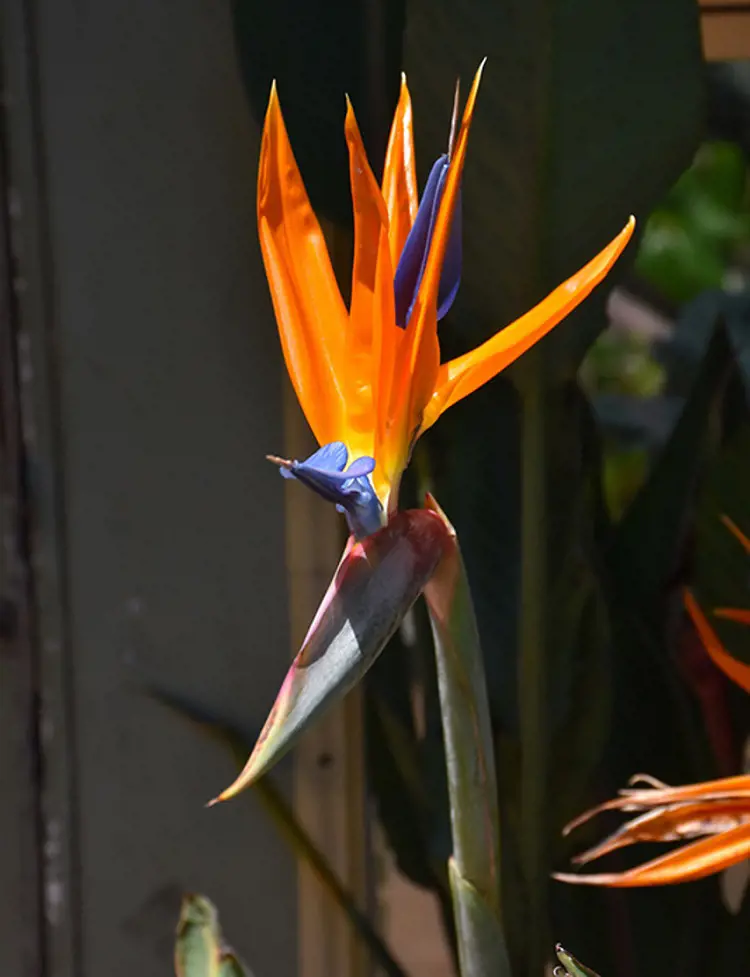
- Common Name: Bird of paradise, crane flower
- Botanical Name: Strelitzia reginae
- Family: Strelitziaceae
- Plant Type: Perennial
- Mature Size: 3.5-6 ft. tall, 3-4 ft. wide
- Sun Exposure: Full, partial
- Soil Type: Loamy
- Soil pH: Acidic
- Bloom Time: Late winter to early spring
- Flower Color: Orange, white
- Hardiness Zones: 10-12 (USDA)
- Native Area: Africa
Strelitzia are large plants that grow indoors well, but their size can reach heights of five to six feet; this is one of their main disadvantages. It takes these plants three to five years to reach flowering maturity. When grown in warm climates as a specimen plant or in mass plantings outdoors, where their flowers rise above the foliage for a striking display, they thrive.
Here's how to plant, grow, and care for this tropical plant bird of paradise:
